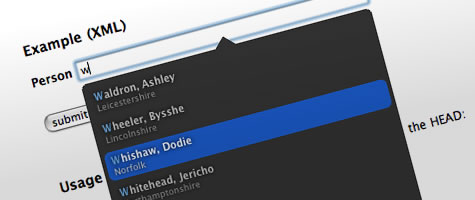Remote procedure call (RPC) systems, including Java RMI, are synchronous — the caller must block and wait until the called method completes execution, and thus offer no potential for developing loosely coupled enterprise applications without the use of multiple threads. In other words, RPC systems require the client and the server to be available at the same time. However, such tight coupling may not be possible or desired in some applications. Message-Oriented Middleware (MOM) systems provide solutions to such problems. They are based on the asynchronous interaction model, and provide the abstraction of a message queue that can be accessed across a network. Note, however, that messaging here refers to asynchronous requests or events that are consumed by enterprise applications and not humans as in electronic mail (email). These messages contain formatted data that describe specific business actions.
The Java Message Service (JMS), which is designed by Sun Microsystems and several other companies under the Java Community Process as JSR 914, is the first enterprise messaging API that has received wide industry support. The Java Message Service (JMS) was designed to make it easy to develop business applications that asynchronously send and receive business data and events. It defines a common enterprise messaging API that is designed to be easily and efficiently supported by a wide range of enterprise messaging products. JMS supports both messaging models: point-to-point (queuing) and publish-subscribe.
JMS was defined to allow Java application to use enterprise messaging systems. More importantly, it provides a common way for Java applications to access such enterprise messaging systems. JMS falls under middleware, and specifically Message-Oriented Middleware (MOM), which is a relatively low-level of abstraction that runs underneath complementary layers such as database and application adapters, event processing, and business process automation. MOM is becoming an essential component for integrating intra-company operations as it allows separate business components to be combined into a reliable, yet flexible, system.
JMS defines a set of interfaces and semantics that allow Java applications to communicate with other messaging implementations. A JMS implementation is known as a JMS provider. JMS makes the learning curve easy by minimizing the set of concepts a Java developer must learn to use enterprise messaging products, and at the same time it maximizes the portability of messaging applications.
for more information please click on the link below
http://java.sun.com/developer/technicalArticles/Ecommerce/jms/index.html

